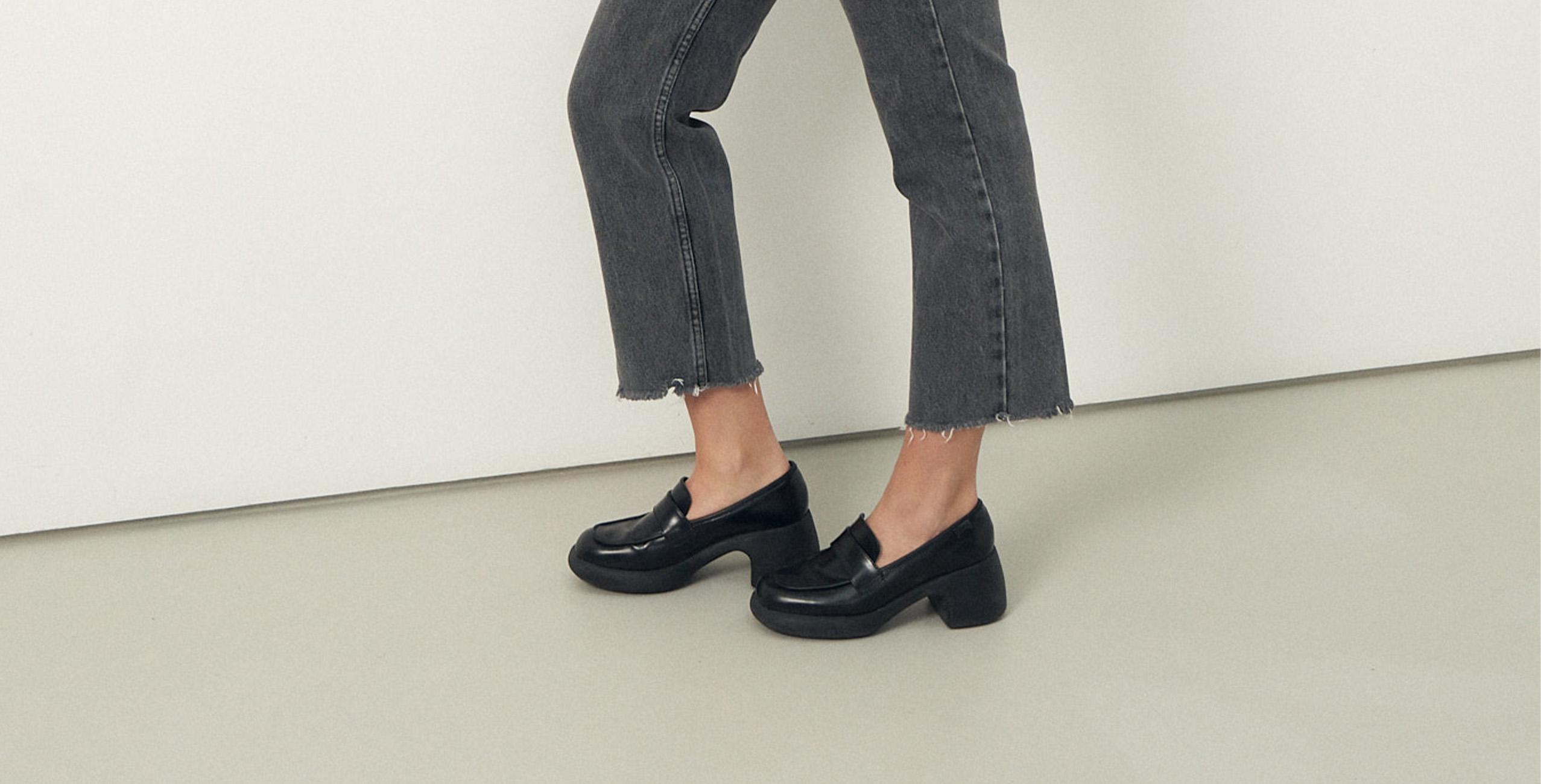The end of fur and leather?
On January 25, Moncler announced the abandonment of animal fur by 2024 . Other houses have already bet on fake fur such as Chanel, Balenciaga or Alexander McQueen. Fur is not the only textile of animal origin that is causing debate, leather is also beginning to be replaced by alternative vegetable leathers.
Why are brands making these changes? Which ones have already signed up?
The fur
The facts are clear: the fur industry is responsible for the death of more than 56 million animals each year . According to the association PETA, 85% of the fur sold today comes from animals raised in cages , from an environmental point of view, the production of real fur can be up to 10 times more polluting than that of fur synthetic and non-animal textile 1 .
Luxury brands are gradually abandoning the use of fur. Although they explain this by a desire to commit to the protection of animals and the environment, it actually goes hand in hand with a significant drop in purchases of products containing animal fur . Brands are therefore adapting to this new trend by favoring synthetic and plant-based materials. The first brand to have made this choice was Calvin Klein in 1994, many others followed such as Gucci, Prada and Dolce Gabana.
For fur lovers, don't worry, fake fur is a very similar alternative , just try!
Large-scale measures against fur
Beyond individual customer awareness, many states have taken steps to limit fur manufacturing and marketing practices: in June 2021, Israel was the first country to ban the trade in any animal fur for fashion, other countries such as the United Kingdom, Norway and Serbia have implemented laws prohibiting the farming of fur animals. In the United States, many cities and states prohibit the sale, import or manufacture of fur.
This is also the case for many sites and media. For example, on its platform, Vinted prohibits the resale of animal fur or items made from reptile skin, shells or ivory. The fashion magazine ELLE excludes fur in its editorial content as well as in its advertising spaces.
Likewise at Paradigm , you will never see an item containing animal fur.
The leather
Less action is taken on the manufacture of leather, it is still an industry in which animals live and die in deplorable conditions. Evidenced by the many reports published in recent decades. A 2018 episode of Cash Investigation discusses the shocking conditions in which the leather and fur used by luxury houses are produced .
The leather industry suffers from a bad image also because of its environmental impact. Leather is the most profitable by-product of the meat industry, which directly contributes to intensive animal husbandry. In addition, chromium, a toxic and carcinogenic compound, is used to soften the skin. The large quantity of water necessary during several stages of its manufacture is also pointed out: it takes, in fact, 17,000 liters of water to manufacture 1 kg of leather. 2
Although the most popular handbags of luxury houses are made of leather, today they are looking for eco-responsible alternatives to animal leather . From fibers of cactus, apple or pineapple leaves, Louis Vuitton, Hermès or Stella McCartney offer many articles in imitation leather. It is the same for sports brands with Adidas and its vegan Stan Smiths and Nike and its Happy Pineapple collection. Younger brands are also embarking on the exclusive use of imitation leather: MoEa , for example, manufactures fruit-based leather sneakers.
Whether for ethical reasons or simply to adapt to changing customer demand, brands are gradually reducing the use of materials of animal origin.
So no, the end of leather and fur is not for tomorrow ! But you too can contribute to reducing their place in fashion, by refusing these materials. To find the houses that have officially stopped using animal fur, you can consult this article from Vogue .
Beyond animal-based textiles and to fully understand what our garments are made of before a purchase, you can read our article on this subject .
[1] https://www.petafrance.com/nos-campagnes/habillement/la-barbarie-du-commerce-de-la-fourrure/
[2] https://waterfootprint.org/media/downloads/Hoekstra-2010-TheEnvironmentalist_01March_Issue93_2.pdf











